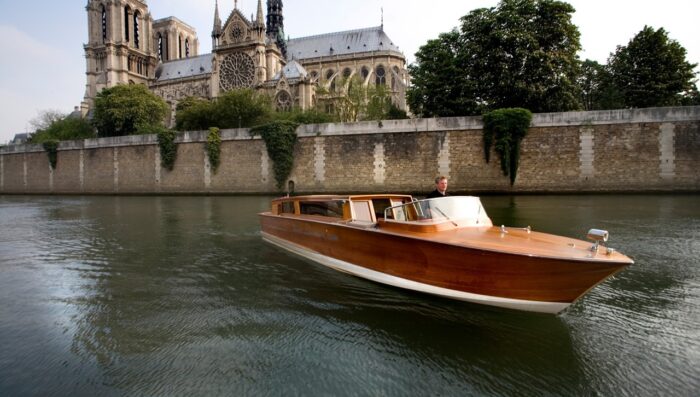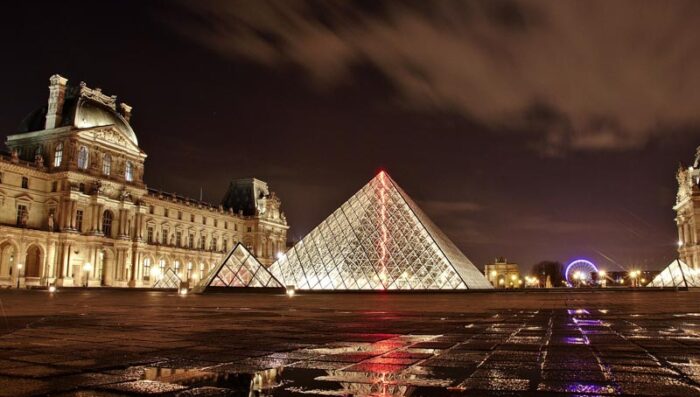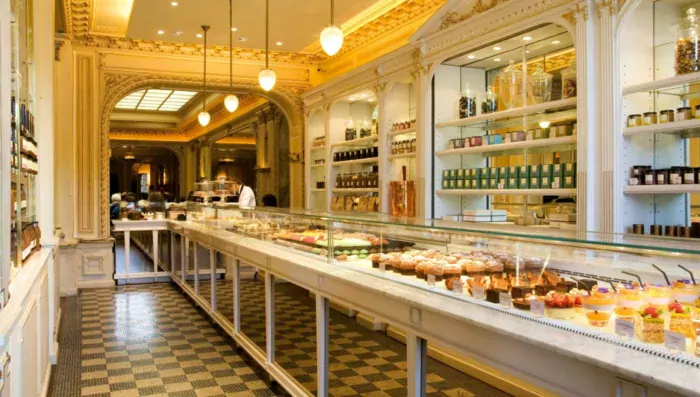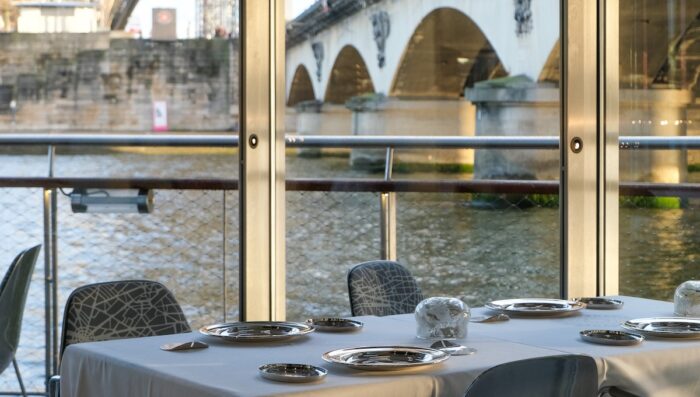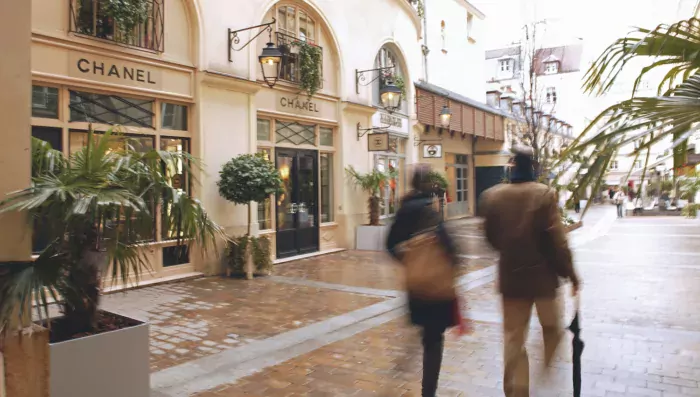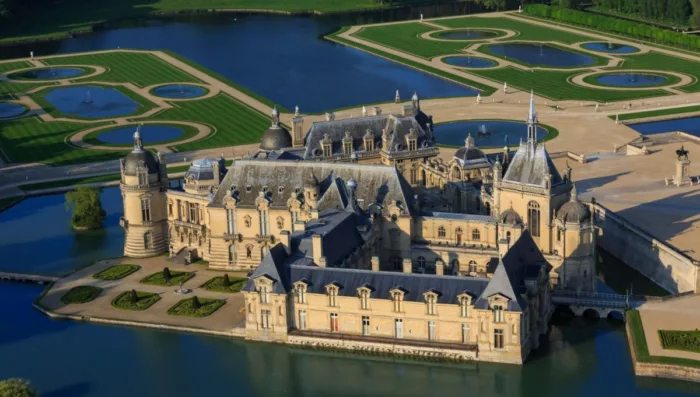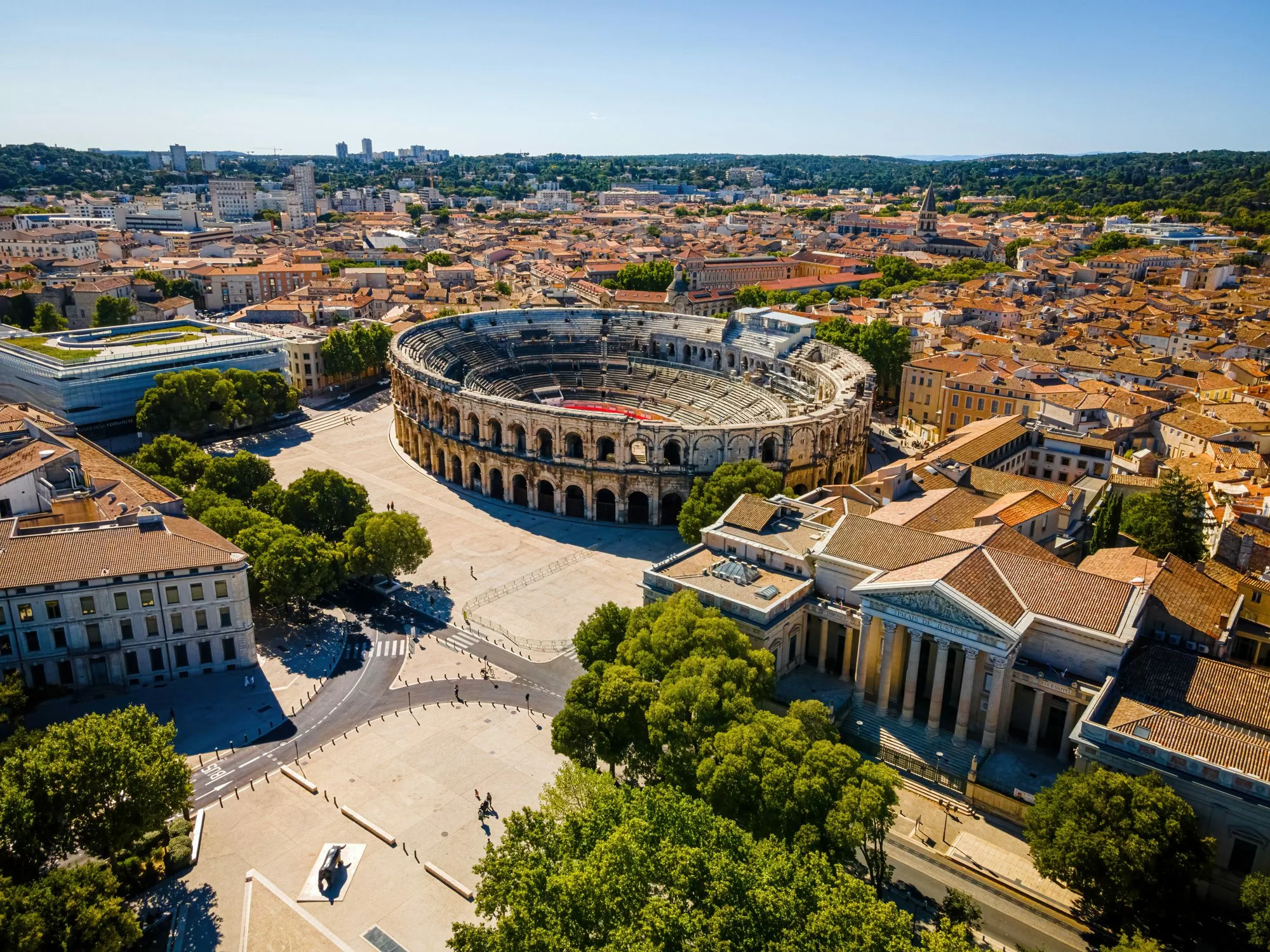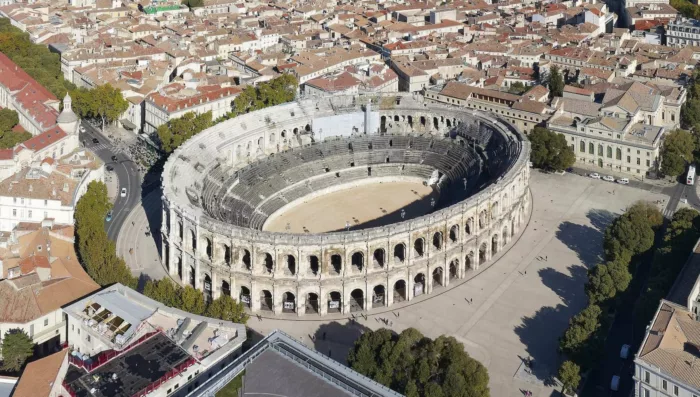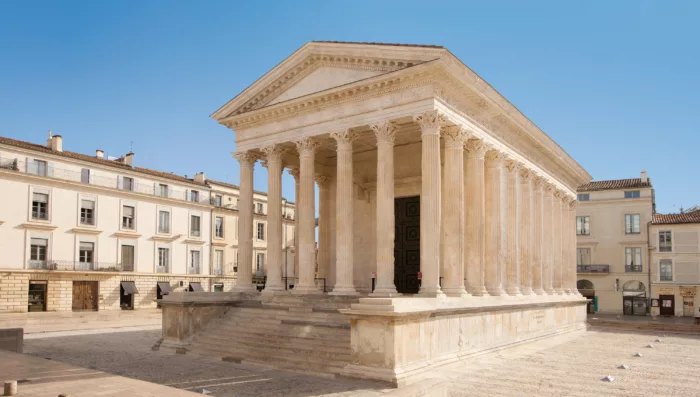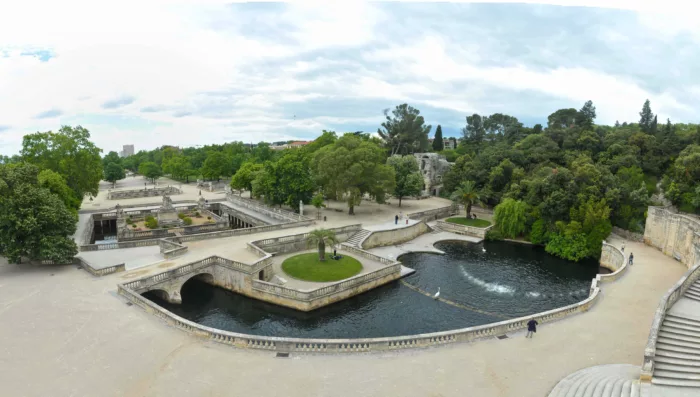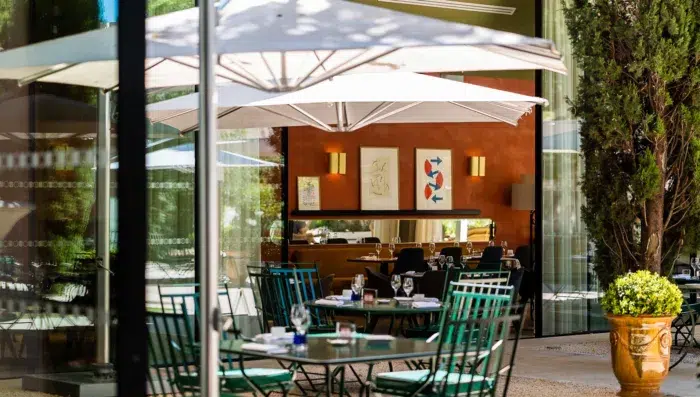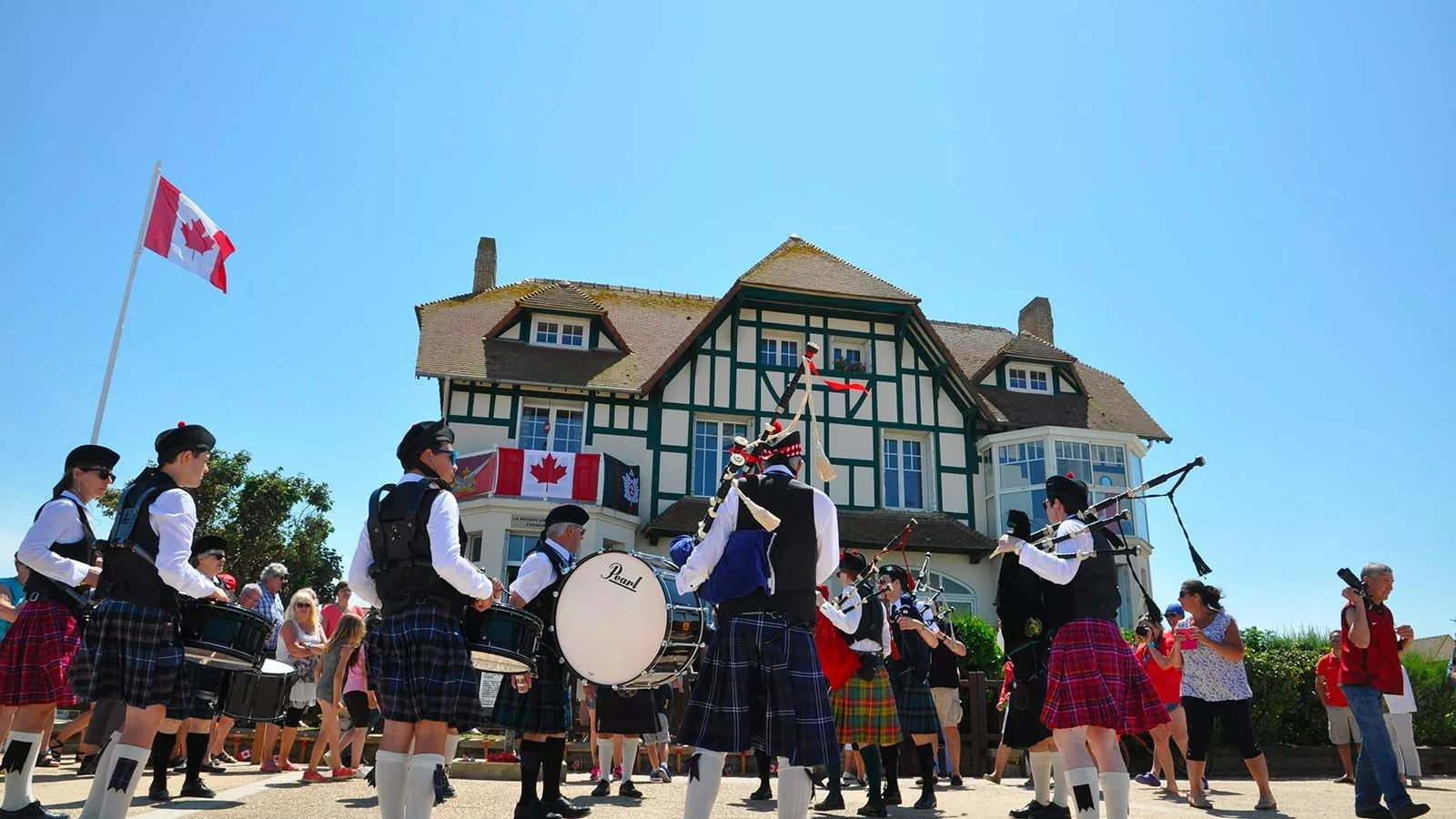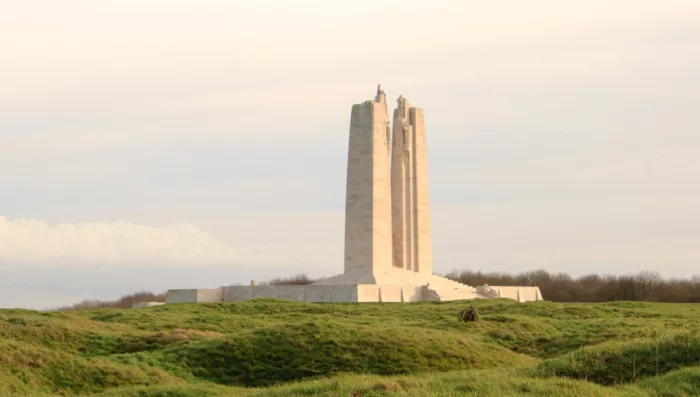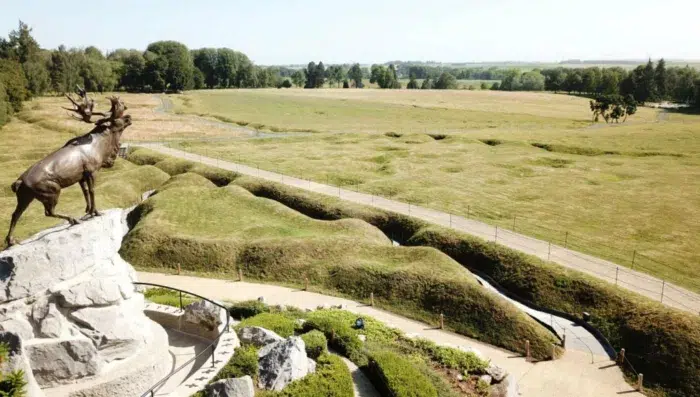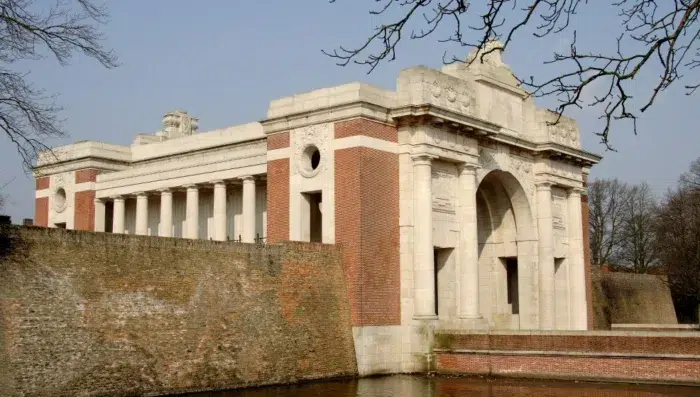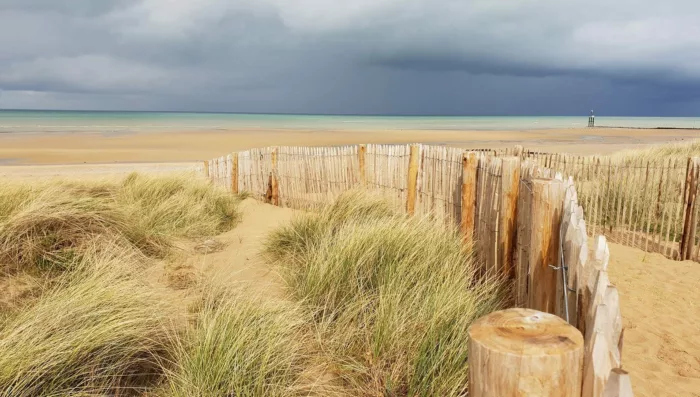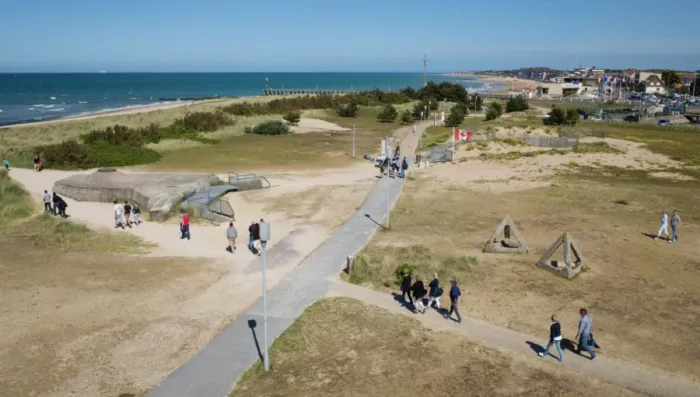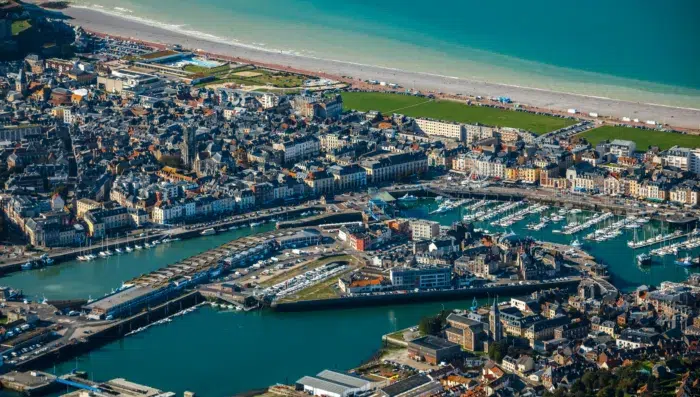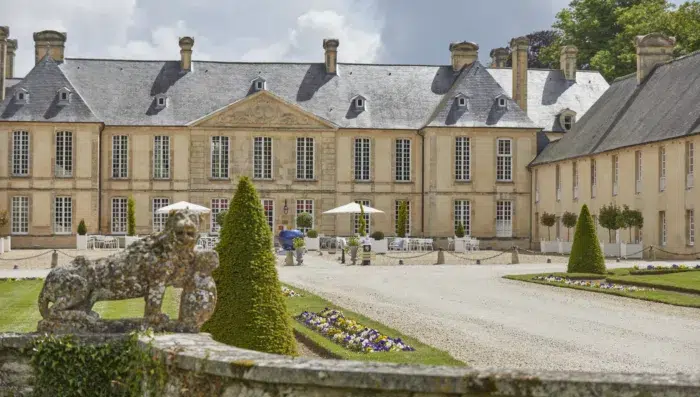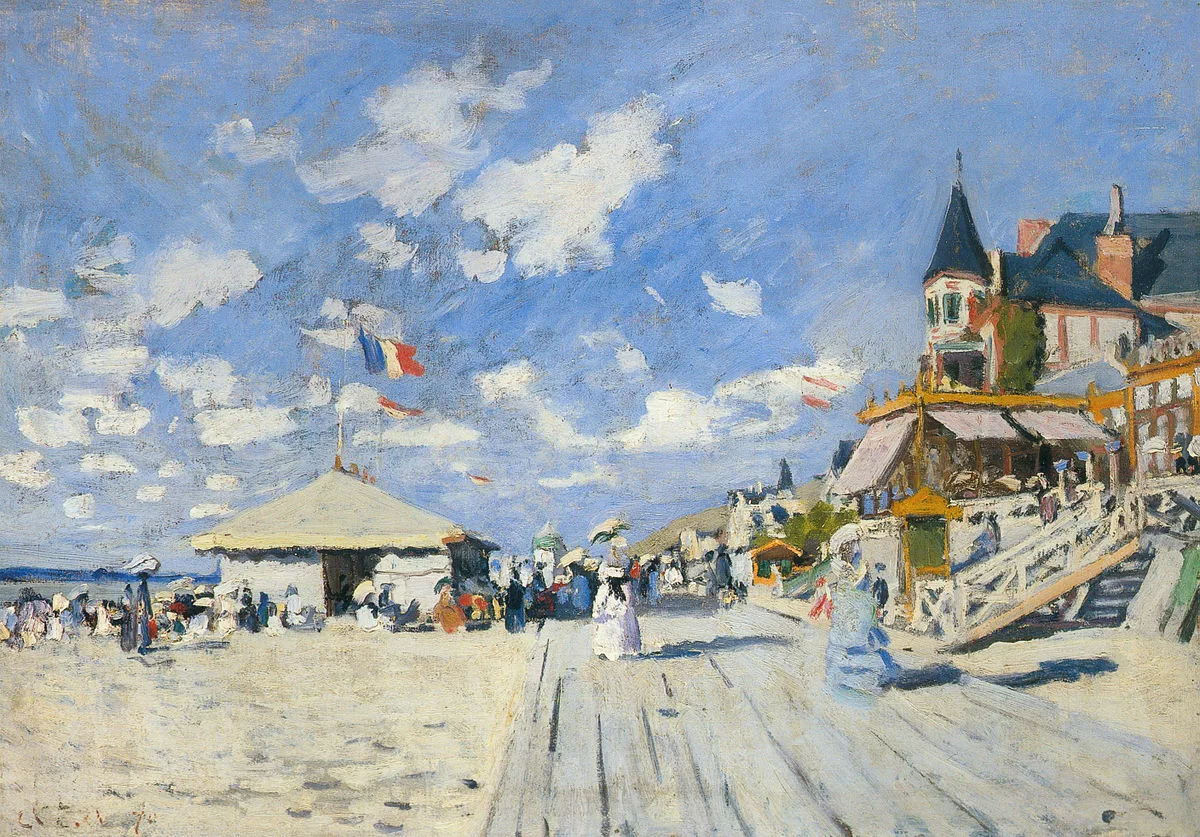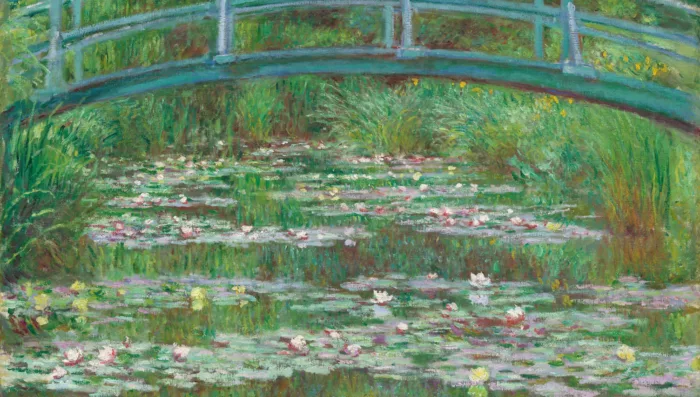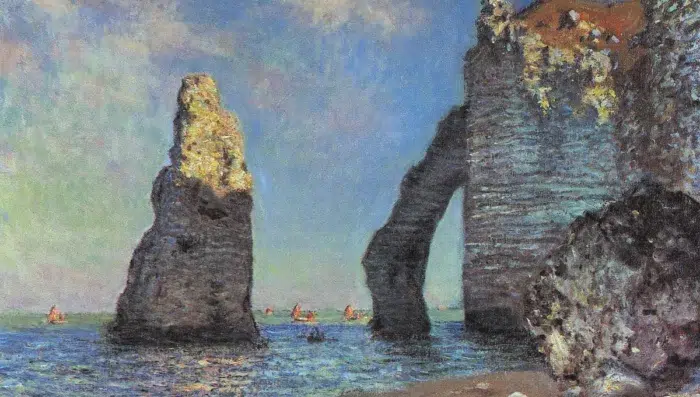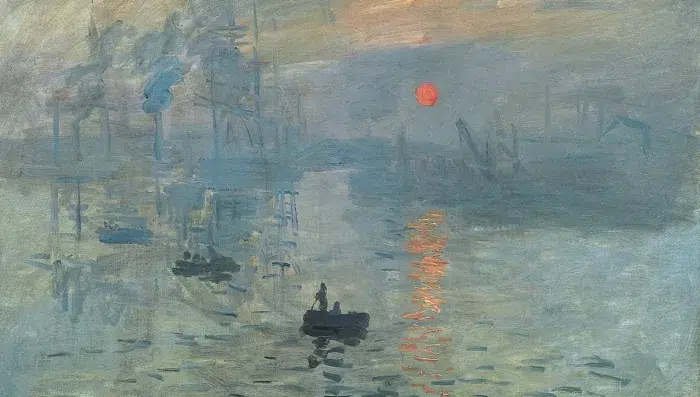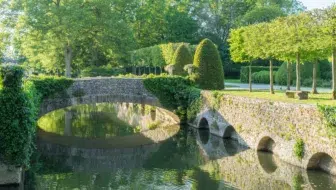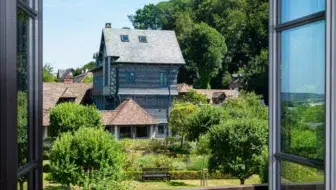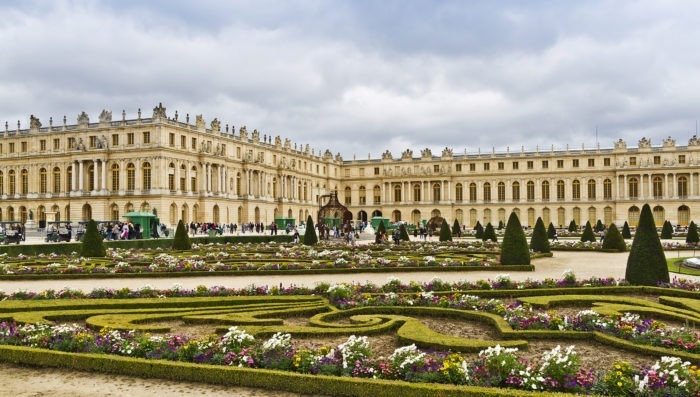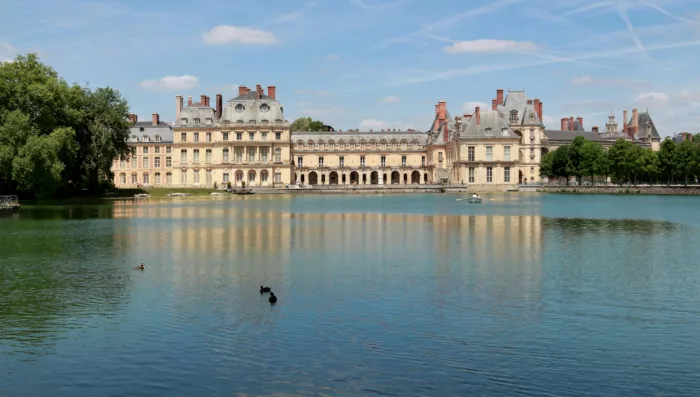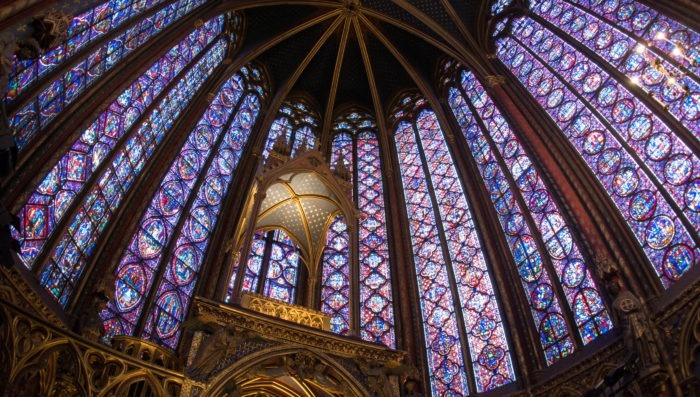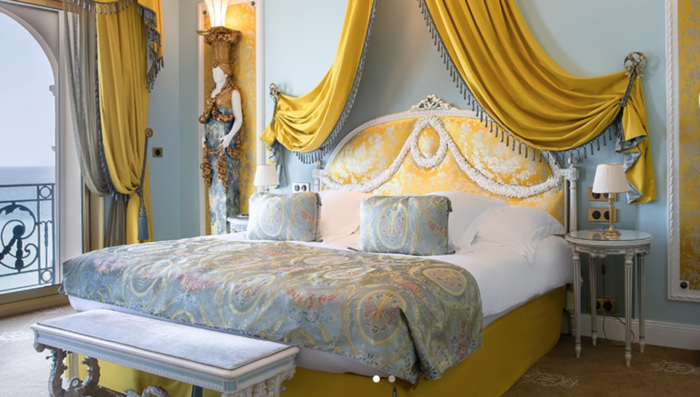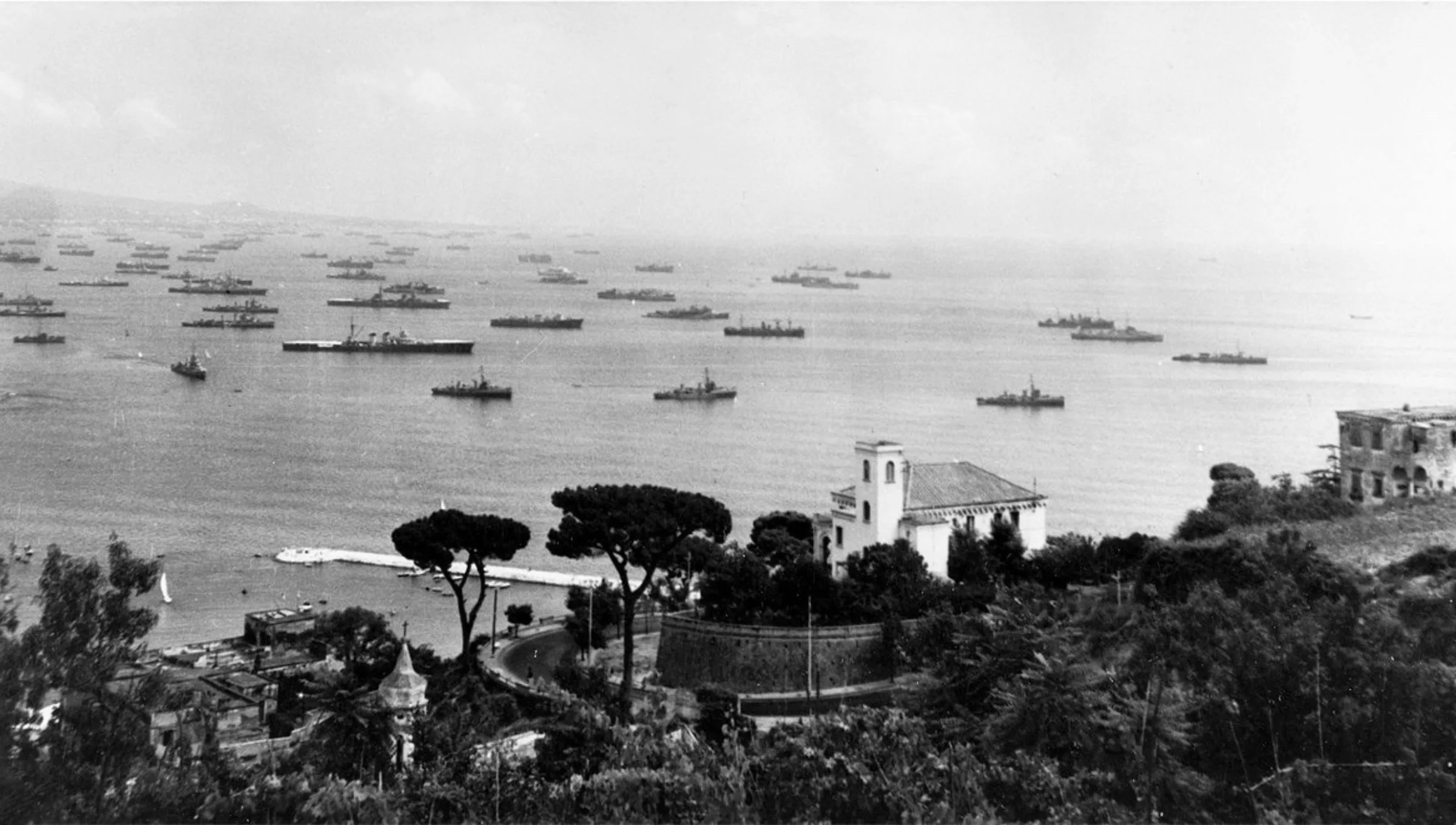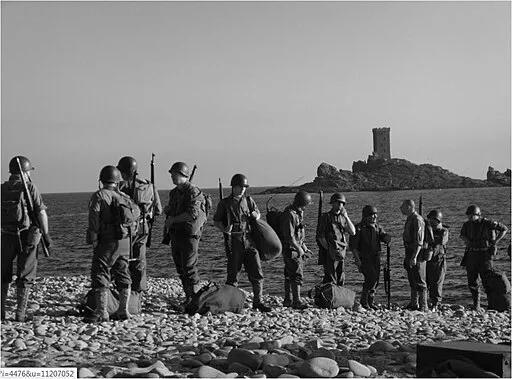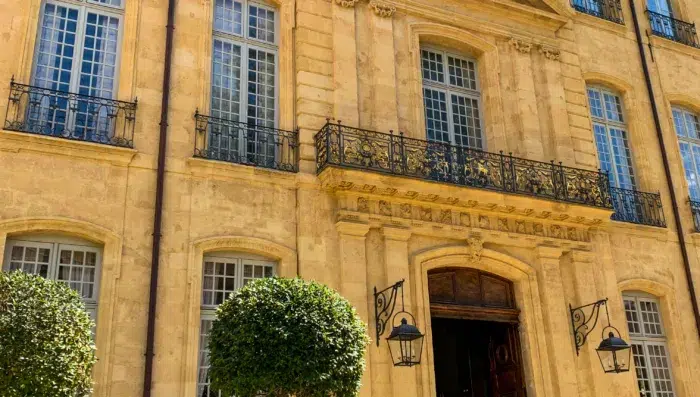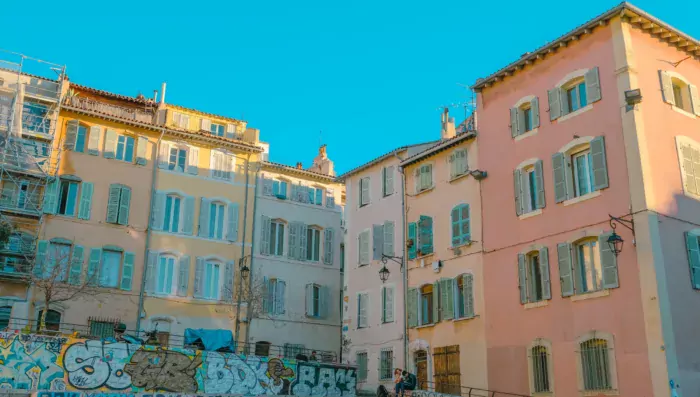With centuries, if not millennia, of history, France is full of stories to experience firsthand. Whether you’re interested in France during the medieval period or the Roman Empire, visitors can trace the steps of these past periods. For history buffs interested in World War II and notably the French Resistance, France has an abundance of sites and stories to explore even today. Although revisiting this period may prove to be heavy, there are glimmers of hope with the stories of the brave people who resisted. And these legacies can still be discovered today. Highlighting different figures of this period, we’ve traced the steps of the French Resistance and are sharing the historical sites you can visit today.
Retracing the Steps of the French Resistance
The Resistance Movement in France
In May 1940, the Nazis invaded France, and in June 1940, the French signed the Franco-German Armistice, which put more than half of France under Nazi control, according to Britannica. That year, the French established the Vichy regime in collaboration with the Nazis.
But for the French Resistance, this was only the beginning. The story of the French Resistance can be told through the many individuals who fought to resist. And the reality is the traces of the French Resistance are often hiding in plain sight. For example, today Hôtel Caumont in Aix-en-Provence is an art center highlighting the work of Paul Cézanne as well as other artists. Many who visit the art center miss a small plaque, right by its entrance, rencounting its connection to the Resistance. During World War II, this building was composed of different apartments, where Resistance fighters hid under the direction of Hélène Ardevol, according to the art center’s website.
Whether it was hiding people or sharing secret messages, it’s impossible to recount every act of bravery of the French Resistance. But we’ve rounded a few of the names to know as their legacy is still present all over France.
You might also be interested in our article on southern France during World War II.
Charles de Gaulle and Jean Moulin

Some of the most notable names to know in the French Resistance are Charles de Gaulle and Jean Moulin. De Gaulle, a leader of the Free French movement, allied with Winston Churchill and urged his fellow French citizens to resist Nazi occupation, according to Biography.com. “Whatever happens, the flame of French resistance must not and shall not die,” he said in 1940. He later went on to become president of the Fifth Republic.
De Gaulle named Jean Moulin as his representative to coordinate and organize the French Resistance in the southern zone, according to the Musée de la Libération. Although there were several movements of the Resistance, Jean Moulin succeeded at bringing 16 different groups together for the first Council of the Resistance in occupied Paris in May 1943, per Chemins de Mémoire.
Missak Manouchian and L’Affiche Rouge

The French Resistance clearly gained traction because it was met with resistance itself. In 1944, the Vichy government and Nazi powers distributed 15,000 copies of a propaganda poster dubbed “L’affiche rouge” to brand freedom fighters under the leadership of Missak Manouchian as violent terrorists, according to the Musée de l’Armée.
However, their propaganda efforts backfired. The poster sought to portray these Resistance fighters as vulgar assassins but ended up giving them notoriety and portraying them as heroes, says historian Denis Peschanski in a French Ministry of the Armed Forces article. This poster can still be viewed today in the Musée de l’Armée in Paris. In 1944, the Nazis shot Resistance leader Manouchian, and in 2024, he was inducted into the Panthéon in Paris.
Josephine Baker

American native Josephine Baker remains well-known for her cultural contribution in the worlds of jazz dance and music. But behind the curtains, she also played a role in the French Resistance. From gathering intel from Nazi troops at parties to hiding secret messages with invisible ink on musical scores, Baker found creative ways to resist, according to the Ministère des Armées.
Jacques Jaujard
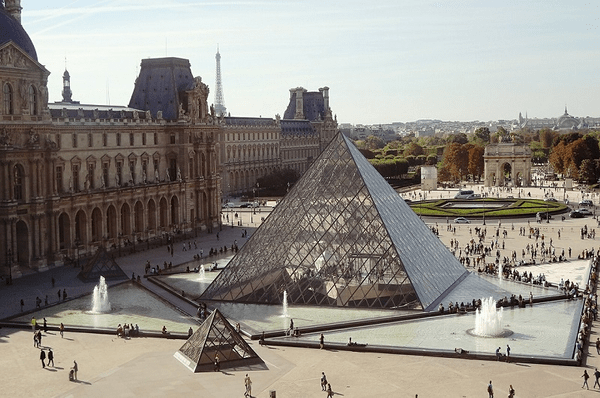
On paper, Jacques Jaujard worked as director for the Louvre. But behind the scenes, he secretly coordinated the evacuation of many pieces of artwork in the Louvre during war time in order to protect these chefs d’oeuvres, according to The Collector. Under his direction, 200 trucks transported thousands of pieces of art to be hidden all over France and even shared the locations of the hiding places to the Allies in order to avoid bombing, says Guillaume Deprez in his article. Without his bravery, many of the most renowned pieces in French art and culture may have disappeared or have been destroyed.
Varian Fry

American journalist Varian Fry helped found the Emergency Rescue Committee, whose goal was “to rescue Europe’s celebrated artists, writers, and intellectuals…many of whom were on the Nazis’ most wanted list,” according to the International Rescue Committee. Fry came to Marseille in order to help thousands of refugees, including Marc Chagall and Max Ernst. In 1942, the Vichy regime kicked Fry out of France; he returned to the United States while some of his staff joined the French Resistance, per IRC.
Le Chambon-sur-Lignon
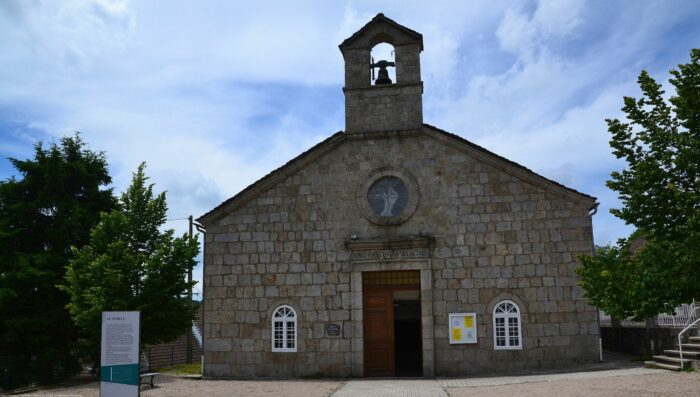
Beyond the individuals who risked their lives, entire towns even came together to resist against the Vichy regime and Nazis. Take the town of le Chambon-sur-Lignon, for example. Just a two-hour drive south of Lyon, this village was named “Righteous Among the Nations,” according to the U.S. Holocaust Memorial Museum. This village provided refuge for around 5,000 people, most of them being Jews escaping the Nazis. Under the leadership of village pastor André Trocmé, the residents banded together to hide people in homes, hotels and farms and fabricate fake identity and ration cards, according to the Holocaust Encyclopedia. Today you can visit the Lieu de Mémoire, a museum in this village recounting the history of this period.
French Resistance-Themed Visits and Activities
If you’re wanting to experience history firsthand and retrace the steps of the Resistance, we’ve rounded up a French Resistance-themed itinerary.
Visit the Musée de la Libération de Paris
This museum in Paris recounts the history of World War II, especially from the perspectives of Jean Moulin and Philippe de Hauteclocque, also known as General Leclerc. You’ll even have the chance to see its defense shelter dating back to World War II. Peruse the documents, video footage and photos that “evoke the Resistance, the fighting, repression, clandestine operations and newfound freedom,” according to its website.
Visit the Château des Milandes
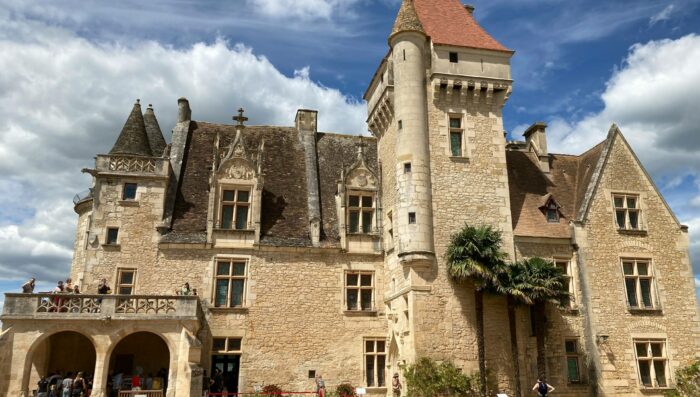
Once Josephine Baker’s residence, the Château des Milandes is accessible to the public today. Explore the grounds of this beautiful Gothic castle dating back to the 1400s and located in the department of Dordogne in southwest France. Learn about the life of Josephine Baker not only in the universe of dance but also her contributions to the Resistance and against racism. The château even offers a World War II-themed escape game.
Visit the Camp des Milles near Aix-en-Provence
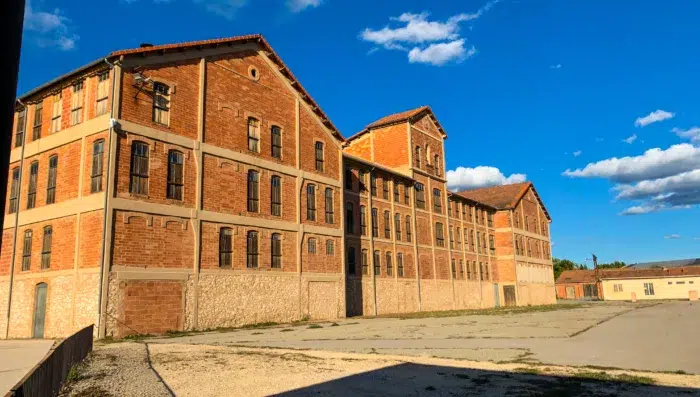
During World War II, this former tile factory became a holding spot for different groups. Before Nazi occupation in France, the internment camp was for “enemy subjects,” according to the camp’s website. From July 1940 to July 1942, Camp des Milles was used for transit and as a detention center for those deemed “undesirable.” And from August to September 1942, around 10,000 people were interned here — of which 2,000 Jews were deported to Auschwitz from the Camp des Milles.
Today you can visit the Camp des Milles and learn about the history of this internment site as well as the brave people, like Varian Fry, who resisted against the Nazis.
Take a Resistance-themed guided walking tour of Lyon

Discover the streets of Lyon with a different perspective, thanks to your seasoned guide. Learn about the robust French Resistance network in Lyon and follow in the footsteps of Jean Moulin. Your guide will explain more about the underground press, the roundups in Lyon, curfews, rations and more from the important period in Lyon’s history. Your tour will finish just steps away from the Palais de Justice where head of Gestapo Klaus Barbie was tried. You can also pay a visit the Centre d’Histoire de la Résistance et de la Déportation de Lyon to learn more about the French Resistance.
Where to Stay in France
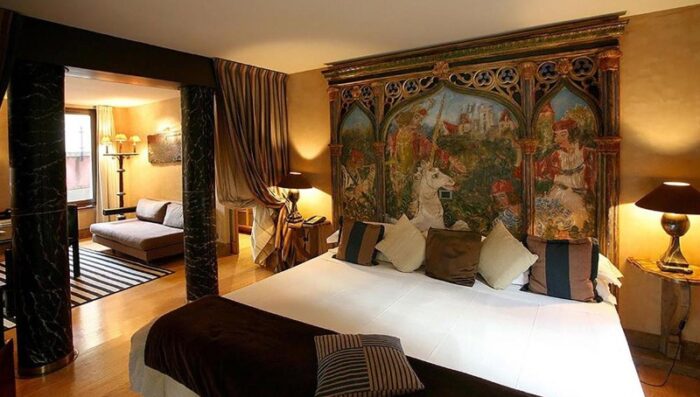
Cour des Loges in Lyon
Nestled in historic Lyon, this five-star hotel was recently refurbished and is the perfect place to stay during your time in Lyon. The hotel also offers three different restaurants where you can taste the finest of la gastronomie lyonnaise.
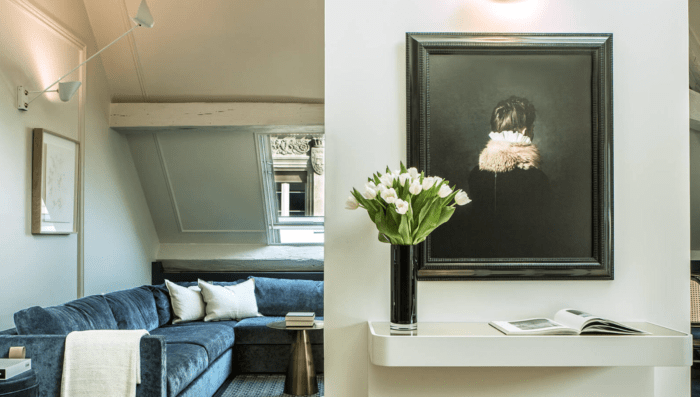
Maison Armance
Four-star luxury hotel Maison Armance is inspired by French writer Stendhal, who lived here in the 1800s. Enjoy a stay in one of its chic rooms and feast on a classic French breakfast in your room. The hotel is decorated with artwork by Lauren Collin and Laurent Letourmy and will be sure to inspire you as you discover Rue Cambon and its surroundings
Traces of the bravery of the French Resistance can be found all over the France. History buffs are sure to experience the history of these men and women during their trip to France. Contact one of our travel designers today to start planning your trip. You might also like: A Historic Trip to Normandy or A Historical and Cultural Escape to Paris.





